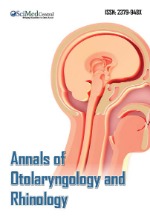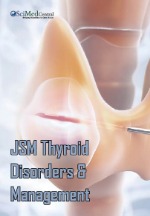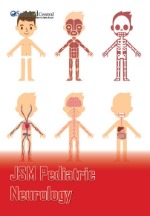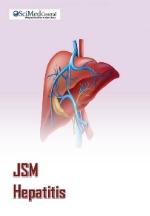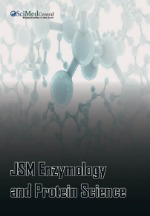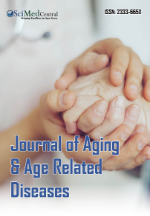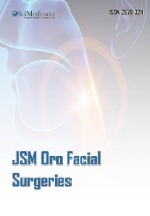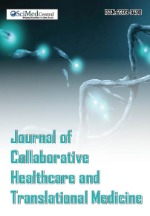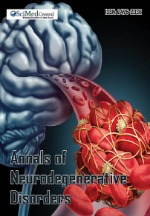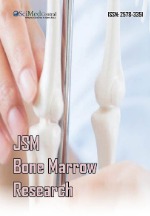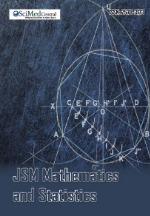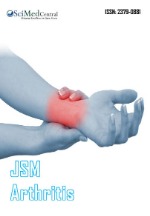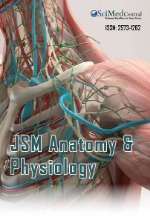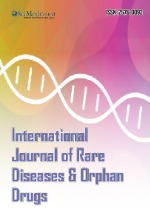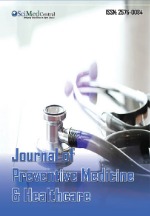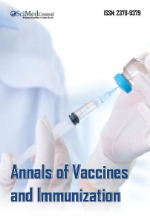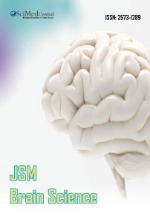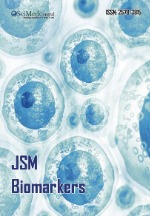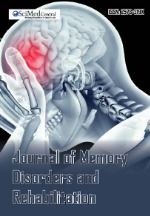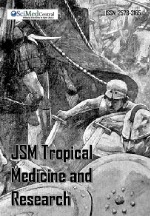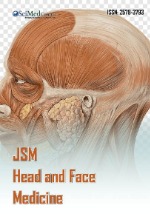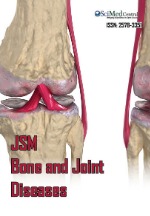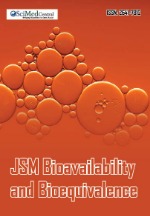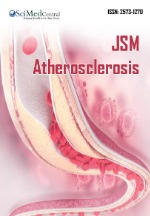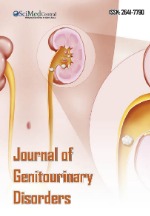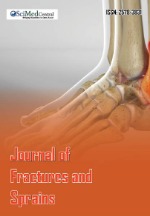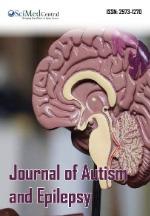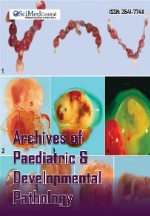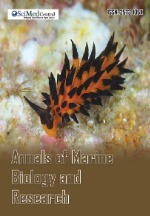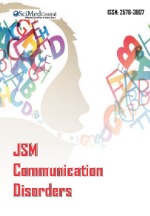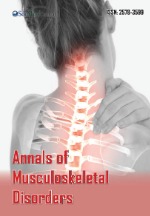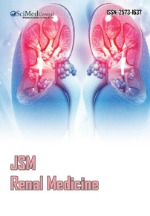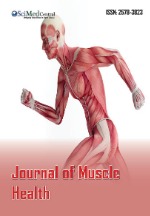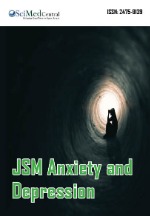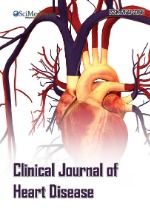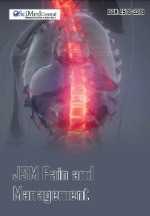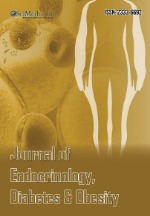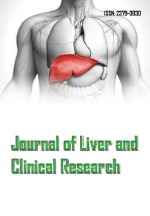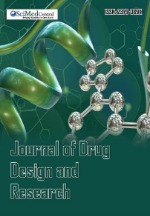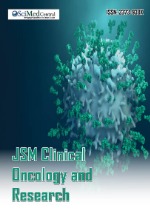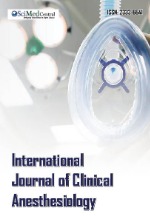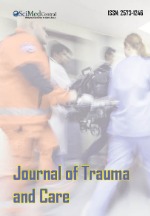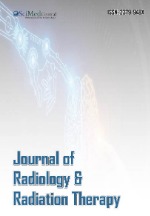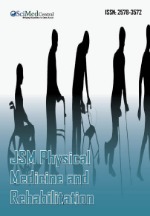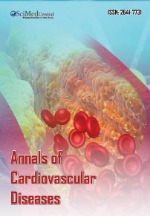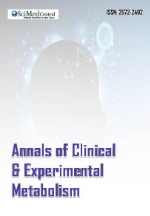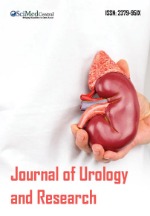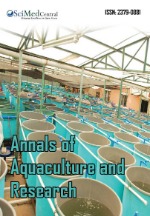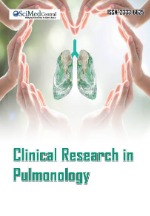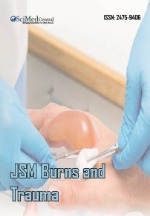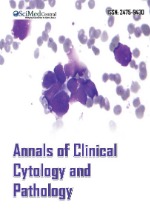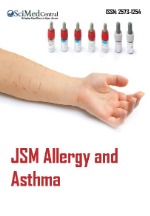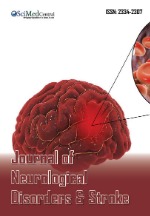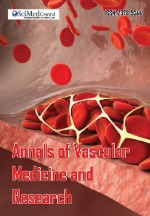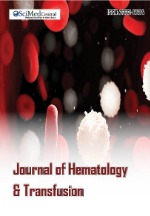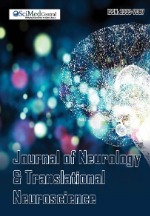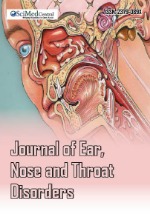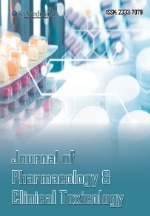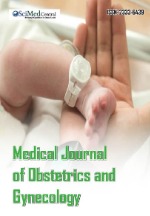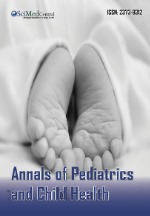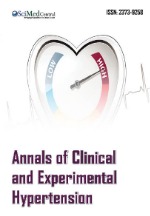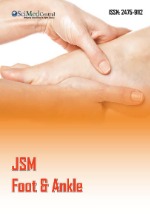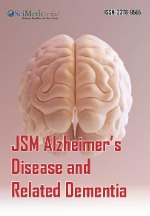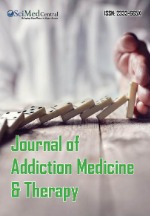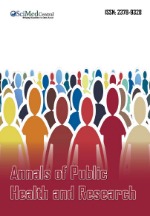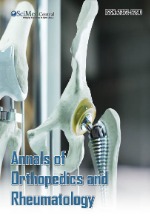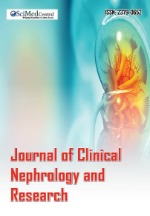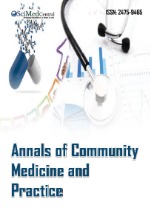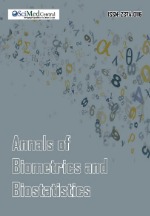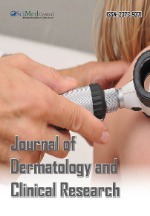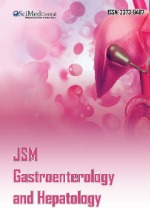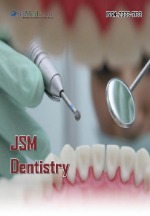Aerobic Interval Training: an Alternative for Targeting Inflammation in Chronic Obstructive Pulmonary Disease?
- 1. Pulmonary Rehabilitation Research Center (PRRC), Shahid Beheshti University of Medical Sciences, Iran
Abstract
Chronic obstructive pulmonary disease (COPD) is a persistent inflammatory lung condition characterized by damage to the lung parenchyma and airway inflammation. Systemic inflammation is also a hallmark of COPD, and elevated levels of inflammatory markers like IL-8 and TNF-a are associated with disease severity and exacerbations. As the current pharmacological treatments of COPD focus on symptom management rather than inflammation, it is crucial to explore the attenuation of inflammation offered by non-pharmacological interventions. Pulmonary rehabilitation (PR) a holistic approach including education, exercise, and support is the main non-pharmacological treatment for COPD at the moment. However, its impact on inflammation remains unclear. Research indicates that PR programs including both continuous and interval training improve functional outcomes in COPD, yet their effects on inflammatory markers like IL-8 and TNF-a are largely unexplored. To address this gap, we aim to gauge the effects of high-intensity interval training and moderate-intensity continuous training on IL-8 and TNF-a levels in COPD patients. Participants will undergo PR programs with different exercise regimens, while a control group will also be monitored. Our aim is to determine which exercise modality better reduces inflammation in COPD patients, potentially offering insights into more effective treatment approaches.
KEYWORDS
- Chronic obstructive pulmonary disease
- Aerobic Interval Training
- Inflammation
CITATION
Zoghali M, Abedi M, Mohammadi I, Mojibian A, Firouzabadi SR, Mirenayat MS (2024) Aerobic Interval Training: an Alternative for Targeting Inflammation in Chronic Obstructive Pulmonary Disease? J Chronic Dis Manag 8(2): 1042.
INTRODUCTION
Chronic obstructive pulmonary disease (COPD) is a chronic inflammatory lung disease characterized by the destruction of lung parenchyma [1]. Inflammation, affecting the lung parenchyma and airways, is pivotal in developing COPD, as studies have shown positive associations between lung inflammation and COPD exacerbations [2]. Furthermore, COPD is marked by systemic inflammation, with elevated levels of IL-8 and TNF-a being key features [3]. IL-8, primarily secreted by airway epithelial cells, correlates positively with inflammation severity and COPD exacerbations [4], and negatively with treatment response rates [5]. In addition, TNF-a, secreted by lung inflammation-involved macrophages, is associated with severe stages of COPD [6]. Moreoverr, both IL-8 and TNF-a levels increase during exacerbations in severe COPD cases [3].
While inflammation is the underlying foundation of COPD, first-line pharmacological treatments are not targeted at downregulating this response, and instead focus on alleviating the symptoms. Inflammation is targeted as a last resort due to the heterogeneity of inhaled corticosteroids for COPD patients, as well as the adverse events they will bring about in the long term [7]. Considering this, non-pharmacological interventions like pulmonary rehabilitation might offer a more effective approach in targeting the inflammatory aspect of the pathology.
Pulmonary rehabilitation (PR), a combination of education, dietary supplementation, psychological support, and exercise training, is regarded as a pillar in treating COPD [8]. It has been reported to increase quality of life and aerobic exercise capacity while simultaneously reducing dyspnea [9]; however, its effects on inflammation are not fully understood yet [10]. Exercise training is a central component of PR programs [8], and, as a result, investigations have been conducted into the efficacy of incorporating different types of exercises into PR.
The literature has extensively examined two exercise modalities: continuous and interval training. As a result, numerous systematic reviews have been conducted, showcasing the comparable effectiveness of interval training to continuous training in terms of functional outcomes like peak oxygen uptake, peak power, and 6-minute walk test distance [11,12]. However, the change in underlying pathophysiological markers such as cytokine levels, have been largely unexplored in COPD patients. In healthy subjects, it has been demonstrated that interval training and continuous training significantly reduce IL-8 levels [13], and that interval training reduces the levels of TNF-a [14]. Yet, no specific study has investigated the effect of exercise training types on the levels of IL-8 and TNF-a in COPD patients to date.To bridge this gap in the literature, the authors set out to conduct a study on the effect of high-intensity interval training, and moderate-intensity continuous training on the levels of IL-8 and TNF-a in COPD patients at Masih Daneshvari Hospital. The study will consist of three groups: two groups will participate in PR programs incorporating one of the mentioned modes of exercise training, while the third group will serve as the control. The levels of IL-8 and TNF-a will be compared amongst groups as proxies for their ability in order to reduce inflammation after two weeks of training.
REFERENCES
- Vogelmeier CF, Criner GJ, Martinez FJ, Anzueto A, Barnes PJ, Bourbeau J, et al. Global strategy for the diagnosis, management, and prevention of chronic obstructive lung disease 2017 report. GOLD executive summary. Am J Resp Crit Care Med. 2017; 195: 557-582.
- Day K, Ostridge K, Conway J, Cellura D, Watson A, Spalluto CM, et al. Interrelationships Among Small Airways Dysfunction, Neutrophilic Inflammation, and Exacerbation Frequency in COPD. Chest. 2021; 159: 1391-1399.
- Kubysheva NI, Postnikova LB, Soodaeva SK, Novikov DV, Eliseeva TI, Novikov VV, et al. Comparative Study of the Levels of IL-1β, IL-4, IL-8, TNFα, and IFNγ in Stable Course and Exacerbation of Chronic Obstructive Pulmonary Disease of Varying Severity. Bull Exp Biol Med. 2022; 173: 745-748.
- Chung KF. Cytokines in chronic obstructive pulmonary disease. Eur Respir J Suppl. 2001; 34: 50s-9s.
- Govoni M, Bassi M, Santoro D, Donegan S, Singh D. Serum IL-8 as a Determinant of Response to Phosphodiesterase-4 Inhibition in Chronic Obstructive Pulmonary Disease. Am J Respir Crit Care Med. 2023; 208: 559-569.
- Singh S, Verma SK, Kumar S, Ahmad MK, Nischal A, Singh SK, et al. Correlation of severity of chronic obstructive pulmonary disease with potential biomarkers. Immunol Lett. 2018; 196: 1-10.
- Singh D, Agusti A, Anzueto A, Barnes PJ, Bourbeau J, Celli BR, et al. Global strategy for the diagnosis, management, and prevention of chronic obstructive lung disease: the GOLD science committee report 2019. Eur Resp J. 2019; 53.
- Ries AL, Bauldoff GS, Carlin BW, Casaburi R, Emery CF, Mahler DA, et al. Pulmonary Rehabilitation: Joint ACCP/AACVPR Evidence-Based Clinical Practice Guidelines. Chest. 2007; 131: 4S-42S.
- Zhang H, Hu D, Xu Y, Wu L, Lou L. Effect of pulmonary rehabilitation in patients with chronic obstructive pulmonary disease: a systematic review and meta-analysis of randomized controlled trials. Ann Med. 2022; 54: 262-273.
- Newman ANL, Oliveira A, Goldstein R, Farley C, Nair P, Brooks D. The effects of pulmonary rehabilitation on inflammatory biomarkers in patients with chronic obstructive pulmonary disease: Protocol for a systematic review and meta-analysis. PLoS One. 2023; 18: e0287549.
- Beauchamp MK, Nonoyama M, Goldstein RS, Hill K, Dolmage TE, Mathur S, et al. Interval versus continuous training in individuals with chronic obstructive pulmonary disease--a systematic review. Thorax. 2010; 65: 157-164.
- Elkins MR, Dwyer TJ. Interval and continuous training are similarly effective in chronic obstructive pulmonary disease. Br J Sports Med. 2011; 45: 155-156.
- O’Neill CD, O’Rourke N, Jeffrey M, Green-Johnson JM, Dogra S. Salivary concentrations of IL-8 and IL-1ra after HIIT and MICT in young, healthy adults: A randomized exercise study. Cytokine. 2022; 157: 155965.
- TaheriChadorneshin H, Cheragh-Birjandi S, Goodarzy S, Ahmadabadi F. The impact of high intensity interval training on serum chemerin, tumor necrosis factor-alpha and insulin resistance in overweight women. Obesity Medicine. 2019; 14: 100101.


